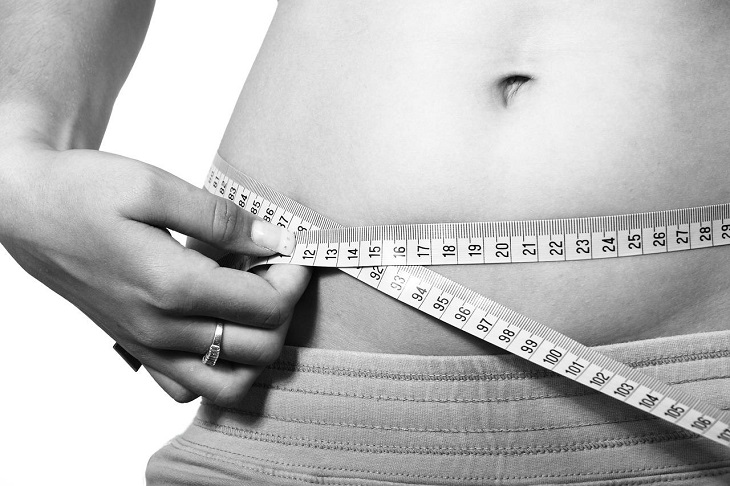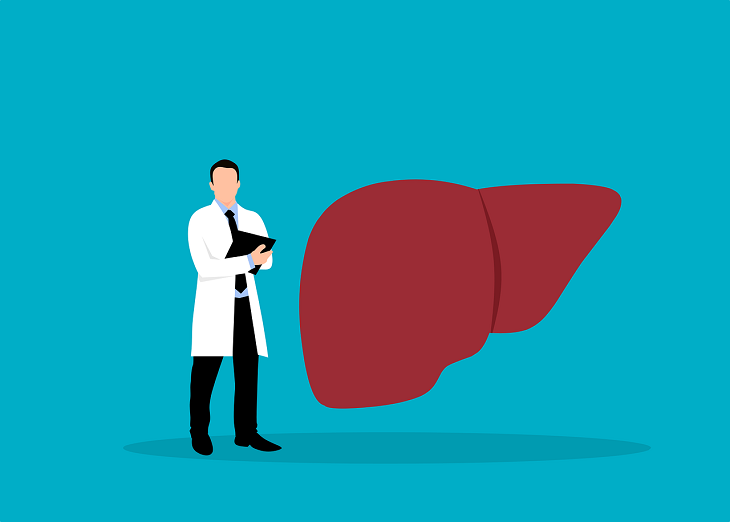THE DAILY DOSE
How Body Fat Percentage Can Influence Liver Function

The liver is a vital organ. As well as being the largest solid organ found within the body, it performs a lot of crucial tasks. It removes any toxins that happen to get into the blood, helps to regulate and maintain proper sugar levels, and ensures that the blood clots as it should. While these are among the most important functions of the liver, it also plays a role in hundreds of other functions that the body needs to perform to stay alive, such as producing bile.
When the liver isn’t working as it should, every other system can be compromised. Toxins can build up, causing illness; inadequate bile production can lead to digestive issues; and a lack of sugar regulation can cause lowered energy levels. To say the liver is important would be a vast understatement!
There are several things that can compromise liver health. One example is a high body fat percentage. But what does body fat percentage mean, and how does fat affect the liver? Read on to learn all you need to know about how body fat percentage can influence liver function.
What is body fat percentage?
Every person has to have some level of body fat to survive. Typically, men need less than women, but both require it because fat on the body is used for a variety of functions.
Body fat percentage is essentially the way levels of fat on the body are measured against everything else such as lean tissue, muscle mass, organs, and body water. Many people use body fat percentage as a way to gauge their overall health, and the measurement is often used to determine a person’s fitness level.

Body fat percentage is also more important than total weight. For example, if a person is overweight according to the Body Mass Index (BMI) but has a healthy body fat percentage, their overall level of health is better than someone who falls into the category of healthy on the BMI scale but has a significant amount of body fat.
As a general rule, calculating body fat percentage is a better indicator of overall health because it shows a better picture of fatty tissue. People with higher levels of fatty tissue are often at risk of having obesity-related disease, so even if a person fits into the normal weight category, they could be in trouble if they have a lot of body fat and little lean muscle mass.
How does fat affect liver function?
The liver is supposed to have a small amount of fat in it. However, when those levels increase because a person eats more sugar or fat than their body can process, it can lead to a buildup of fat within the organ. In turn, this can lead to various health issues – most notably, fatty liver.
Fatty liver is a broad term used to describe too much fat in the liver. There are various types of the condition, all of which can lead to the organ becoming damaged or scarred. Scarring, in more severe cases, can lead to liver failure, which is when the liver cannot perform its functions.
There are two types of common fatty liver disease: non-alcoholic and alcoholic fatty liver disease. The former is caused when fat builds up within the liver without the presence of excess alcohol use, while the latter is closely associated with excessive consumption of alcohol. The cause of non-alcoholic fatty liver disease isn’t as clear as its alcoholic counterpart; however, some factors that can play a role in its development can include other health conditions such as obesity, diabetes, insulin resistance, and metabolic syndrome.

Body fat and liver function
There is a clear connection between body fat percentage and liver function because of how fat can affect the way the liver works. However, it’s worth mentioning here that not all types of body fat are the same.
The human body can hold two types of fat. The first is subcutaneous fat, which is stored in the layer located right beneath the skin. Typically, people hold most of their fat in that layer, and roughly 90% of body fat is thought to be subcutaneous. While subcutaneous fat is associated with a higher degree of fat in the liver and has been shown to contribute to fatty liver disease, it’s actually the second type of fat that people need to pay more attention to when thinking about liver health.
Visceral fat is often referred to as “hidden fat” because of the way it sits on, or in, the body. Unlike subcutaneous fat that sits on the outside of the body, visceral fat is stored inside the belly and ends up wrapping itself around vital organs, including the liver. Research shows that visceral fat is strongly associated with non-alcoholic fatty liver disease, and that those who have more visceral fat on their bodies are at a higher risk of experiencing liver dysfunction.
The association between fat and liver health is strong, and it’s thought that body fat percentage can be a good measurement to use when determining a person’s overall risk of developing fatty liver disease. Basically, the more fat a person has on their body, the more likely they are to have a buildup of fatty tissue within the liver, and to suffer the subsequent health problems.